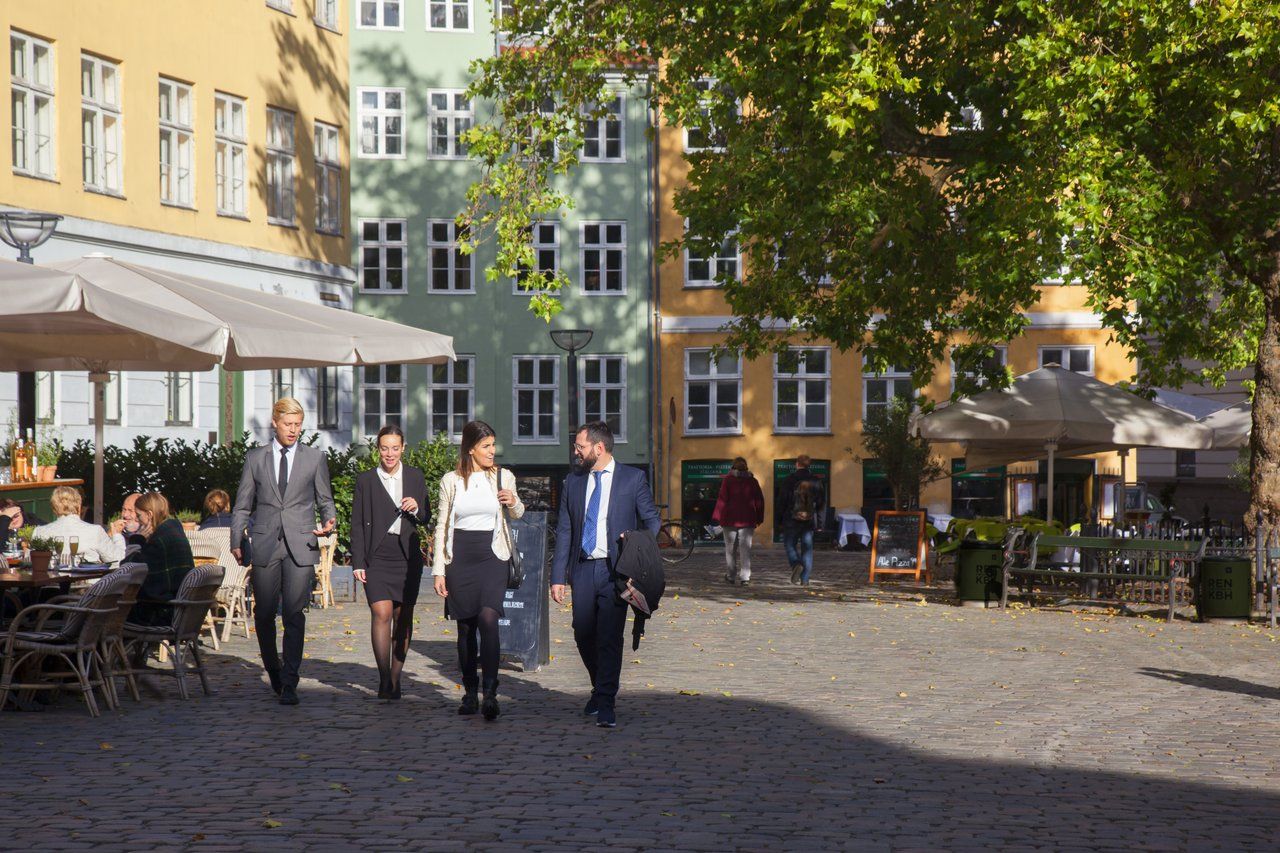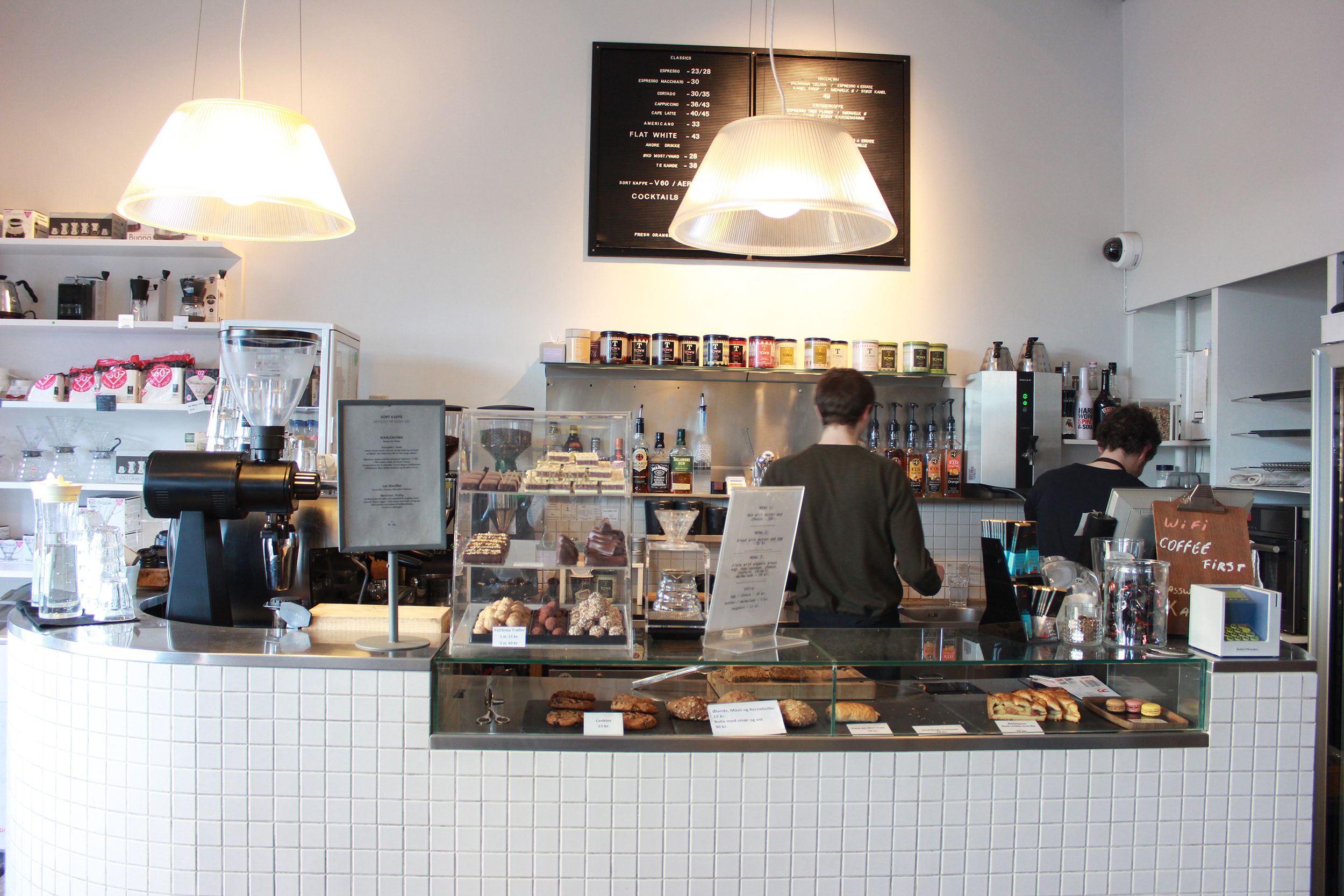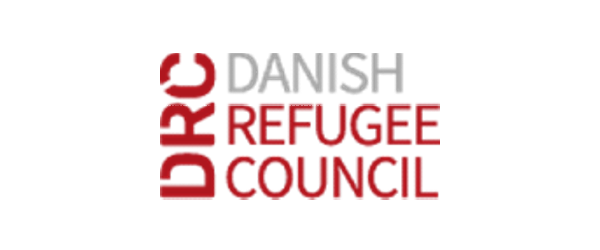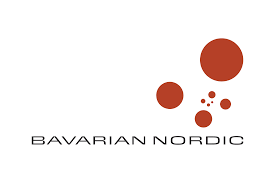Danish researchers are testing a hypothesis that children with musical skills such as rhythm and melody also develop stronger memories.
The project, which involves 30,000 school children at public school and gymnasium, is being conducted by the Centre for Music in the Brain at the University of Aarhus in conjunction with the Royal Academy of Music. Professor and neuroscientist Peter Vuust is the lead researcher.
“We developed this hypothesis following studies of very small groups of adults that showed that the ability to maintain and manage information was better among musicians than non-musicians,” Vuust told Videnskab.
There’s an app for that
The children in the study will train their musical abilities using an app. Pupils from 450 schools across Denmark are included in the mass experiment that started on Monday. It is one of the largest studies ever undertaken in Denmark.
“First, students will take a test that looks at the two most basic parts of musicality: rhythm and melody,” said Vuust. “Then there is a memory game that features combinations of numbers. We will see how many they can remember.”
The children will train their musical chops for two weeks, after which test number two will examine whether two weeks of musical training has changed anything.
From Green Day to calculus
Vuust said the experiment should not be viewed as an absolute guarantee that if a student is good at music they will also excel at maths, but that previous results did suggest that musical ability did correlate with a good working memory.
Along with the memory test, the experiment on the 30,000 children and adolescents will also collect data on their ages, gender, language abilities, musical habits and whether they play or sing.
“What I find most interesting is chatting about the musical landscapes to the different age groups for the first time ever,” said Vuust.















